You probably know by now I do everything colored coded. Storing charcoal is no different. My favorite way to store charcoal or briquettes is in five gallon buckets with Gamma Lids. My color choice for the Kingsford briquettes is blue buckets with blue Gamma Lids. I store my Ozark Hardwood lump charcoal in red buckets and red Gamma Lids. I like to keep them in different colored buckets for a reason. I store and use the Kingsford briquettes without the added “starter fluid” for my Dutch oven cooking. This way I can count the number of briquettes I need for the top and the bottom of the Dutch ovens. I know instantly which buckets have my Ozark Lump or my briquettes.
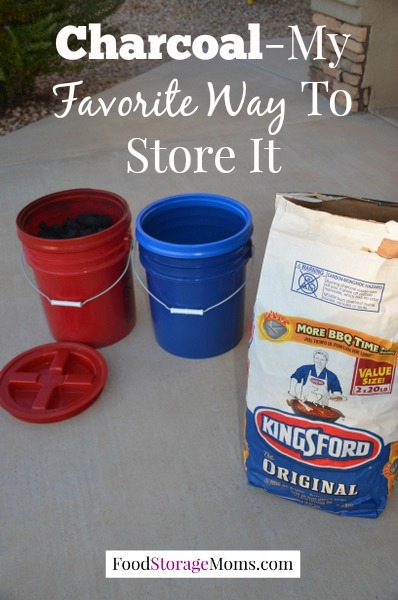
You can see above my red buckets with Ozark Oak Lump charcoal and the blue buckets ready to fill with Kingford Original Briquettes. The briquettes and the lump charcoal will last indefinitely. They must be kept air tight and they must not be left out to get damp or wet since they more than likely will not burn properly afterward, even if they are dried out. I recommend buying the charcoal that is plain without the lighter fluid on them. The briquettes with the lighter fluid added have a shorter shelf life of one to two years.
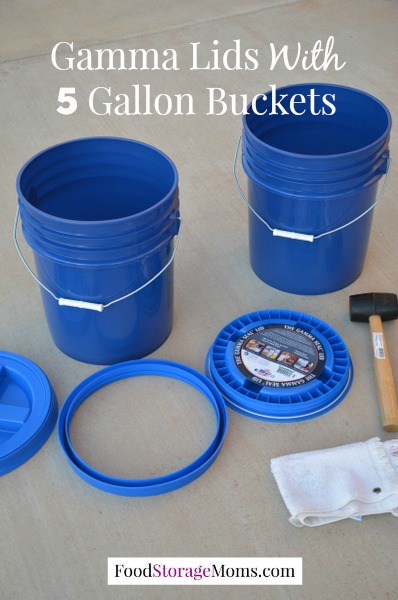
I did a YouTube to show you how I put the Gamma Lids on buckets with help of my husband. I rarely read instructions….I can usually figure how to do things without them. I use these Gamma Lids for my wheat, sugar, beans, pasta, etc. Years ago I had this deal called a “lid lifter”…it was so hard to open my five gallon buckets. These are so much easier to open.
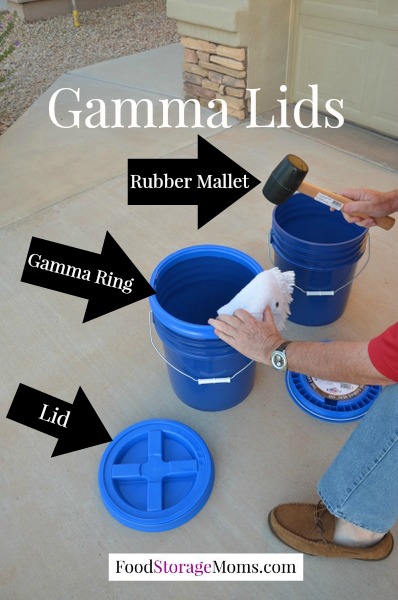
Here is the Gamma Lid “ring” that you use a rubber mallet to carefully pound the ring onto the bucket. The “lid” then twists onto the ring. This makes an airtight seal to protect your charcoal. I quote from the “Emergency Essentials website I read that we need approximately fifteen-20 pound bags of charcoal in order to cook one hot meal a day for one year” .
This blue bucket above has the Kingfordcharcoal briquettes inside. The five gallon bucket will hold a 20 pound Kingsford charcoal briquettes bag.
This is a view of my Ozark Oak Lump Charcoal. I really want to show you the difference between the two products. This is what I have learned about the two different charcoals.
WHAT IS BRIQUETTE CHARCOAL?
It’s charcoal that has been pressed into similar sizes with round uniform shapes
WHAT IS LUMP CHARCOAL?
It’s generally charred wood fuel that is not formed into uniform shapes. It’s natural tree limbs that are charred in a kiln
WHO HAS MORE ASH: LUMP OR BRIQUETTES?
Briquettes have more ash because they are pressed into forms and the lump charcoal is naturally charred tree limbs via a kiln
WHICH PRODUCT HAS MORE CONSISTENT HEAT?
Briquettes because they are uniform in size…therefore heat more evenly
HOW DOES THE PRICE COMPARE BETWEEN THE TWO?
This can vary widely because some lump charcoal can be made out of pecan, oak, pine or whatever wood is natural for the area where it is being sold. Some woods are more expensive depending on the location you purchase them. They are typically more expensive than briquettes. Note that the charcoal made from soft wood tends to burn faster and the harder woods tend to burn slower, so plan ahead based on what you will be cooking and the desired results.
I used crumpled newspaper underneath the lump charcoal and the briquettes to help get them started. These are both great fuels to store because they last forever if you store them correctly. Note that you shouldn’t use the ashes from either the lump charcoal or the briquettes in your garden to help compost since they may have some chemicals that are undesirable for food production and they don’t aid in the breakdown of other organic matter.
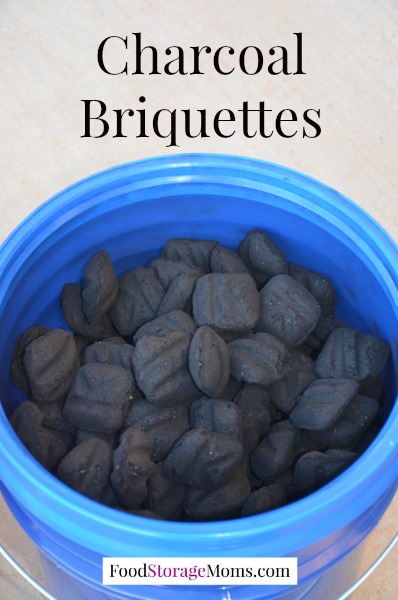
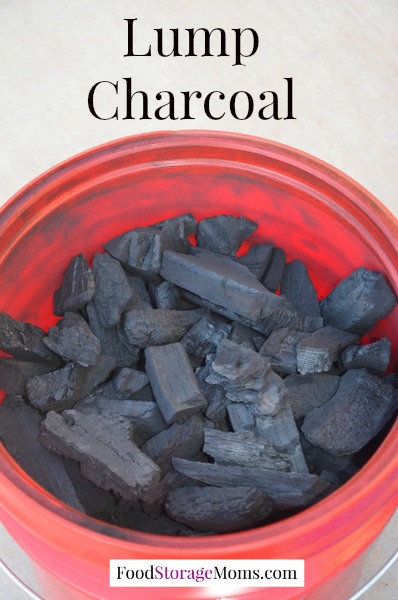
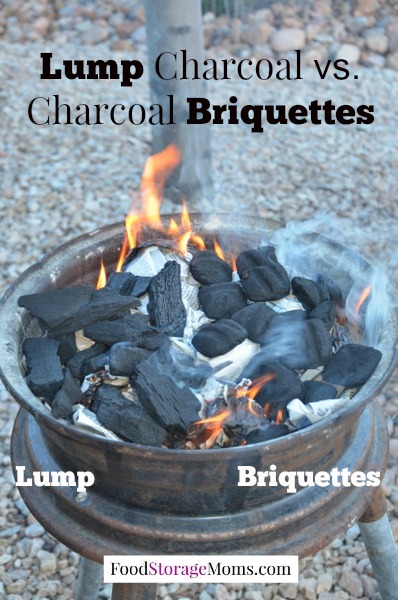
No comments:
Post a Comment
Note: Only a member of this blog may post a comment.